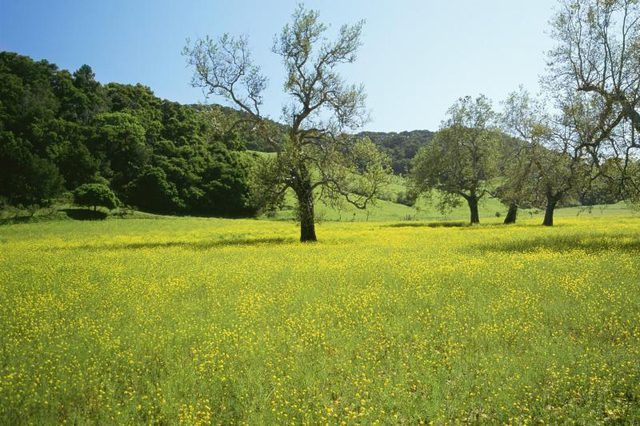Bulbs
Flower Basics
Flower Beds & Specialty Gardens
Flower Garden
Garden Furniture
Garden Gnomes
Garden Seeds
Garden Sheds
Garden Statues
Garden Tools & Supplies
Gardening Basics
Green & Organic
Groundcovers & Vines
Growing Annuals
Growing Basil
Growing Beans
Growing Berries
Growing Blueberries
Growing Cactus
Growing Corn
Growing Cotton
Growing Edibles
Growing Flowers
Growing Garlic
Growing Grapes
Growing Grass
Growing Herbs
Growing Jasmine
Growing Mint
Growing Mushrooms
Orchids
Growing Peanuts
Growing Perennials
Growing Plants
Growing Rosemary
Growing Roses
Growing Strawberries
Growing Sunflowers
Growing Thyme
Growing Tomatoes
Growing Tulips
Growing Vegetables
Herb Basics
Herb Garden
Indoor Growing
Landscaping Basics
Landscaping Patios
Landscaping Plants
Landscaping Shrubs
Landscaping Trees
Landscaping Walks & Pathways
Lawn Basics
Lawn Maintenance
Lawn Mowers
Lawn Ornaments
Lawn Planting
Lawn Tools
Outdoor Growing
Overall Landscape Planning
Pests, Weeds & Problems
Plant Basics
Rock Garden
Rose Garden
Shrubs
Soil
Specialty Gardens
Trees
Vegetable Garden
Yard Maintenance
What Is the Difference Between a Tree & a Plant?
What Is the Difference Between a Tree & a Plant?. Trees are simply one kind of plant, sharing with other plants a limited range of motion, cell walls containing cellulose and the ability to change sunlight into food through photosynthesis. Within the botanical division of plants, called by the Latin term "plantae" as opposed to animals or...

Trees are simply one kind of plant, sharing with other plants a limited range of motion, cell walls containing cellulose and the ability to change sunlight into food through photosynthesis. Within the botanical division of plants, called by the Latin term "plantae" as opposed to animals or "animalia," subcategories exist that distinguish between trees and plants. Trees and plants look different from one another, but some of their differences are detectable only by looking inside the organisms.
Overall Characteristics
While both trees and plants usually have a vascular structure, with roots, stems and leaves transporting food and water throughout the plant, plants typically have multiple soft or slightly woody stems while trees have one hard, woody and tall trunk with few leaves or branches on the lower section. Plants have leaves close to the ground or they consist entirely of leaves, as with grasses and ferns.
Shapes and Sizes
Trees appear in a variety of basic forms, from columnar types to pyramid-shaped trees to spreading and rounded forms. They vary in size from dwarf trees that may grow only 10 feet tall or look like shrubs to tall trees such as giant sequoias (Sequoiadendron giganteum) that may grow up to 260 feet tall in U.S. Department of Agriculture plant hardiness zones 6 through 9. Plants live closer to the earth and appear in forms such as grasses, mosses, shrubs, mats and clumps.
Survival Strategies
Plants fall into "ruderal," "circumventor" or stress-tolerant categories. Ruderals, including annual and perennial plants, create many seeds that reproduce quickly. Circumventors, including both plants and trees, are less prolific in seed production, more tolerant of their surroundings than ruderals and have some protection against disease and pests. Stress tolerant plants and trees thrive with little water and no fertilizer. They also protect themselves from predators with bark and resins that kill certain insects and inhibit diseases.
Lifespan Differences
Plants live for shorter periods than trees -- annuals live for only one growing season, bi-annuals for two seasons and perennials anywhere from five years to 100 years, such as in the case of lilacs (Syringa oblata, hardy in USDA zones 3 through 6). Trees typically live for 100 to 150 years, with some hardwoods living up to 200 years and conifers up to 300 years or more.